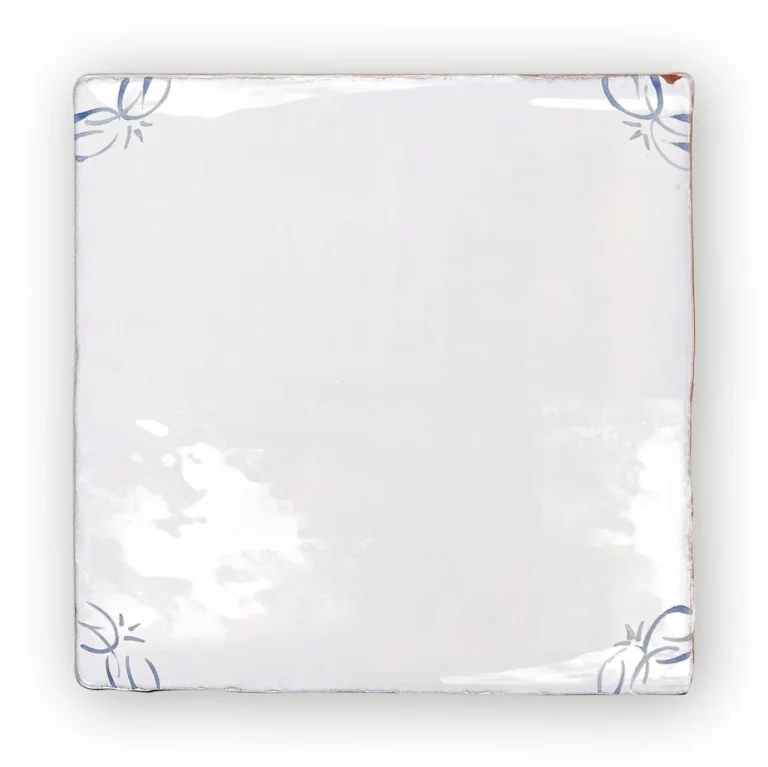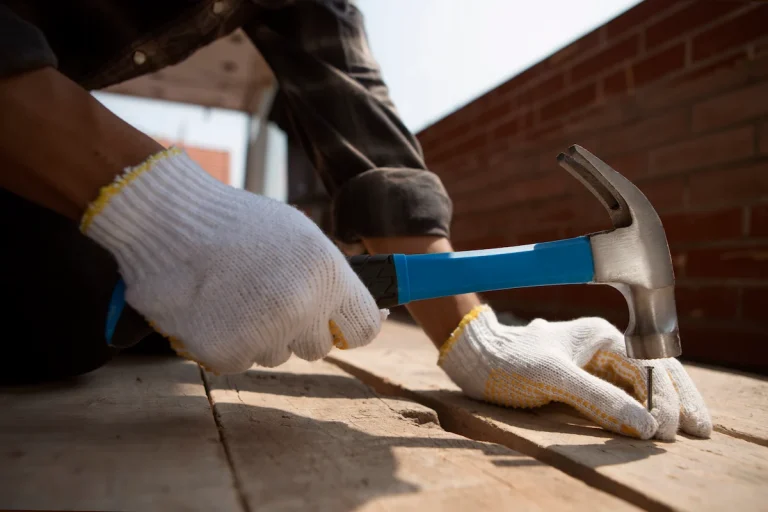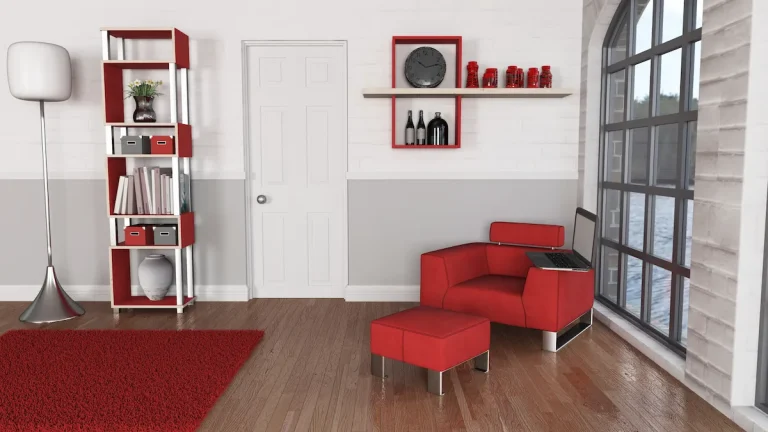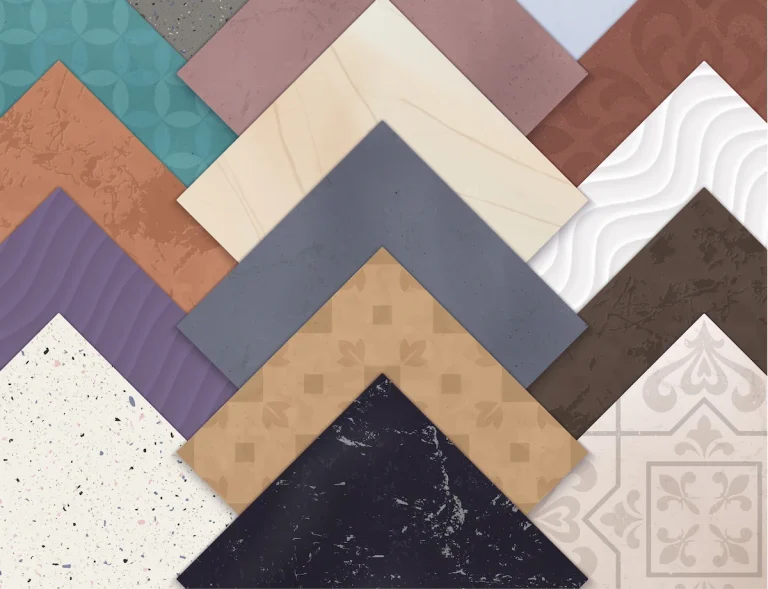Laminate flooring is a popular choice thanks to its stylish look and affordability, but many homeowners often ask: why is my laminate flooring bouncy? This article explores the underlying reasons for that bouncy sensation and offers practical advice for resolving and preventing it.
Why Is My Laminate Flooring Bouncy?
A bouncy laminate floor can result from a variety of underlying problems, such as installation errors, moisture damage, subfloor irregularities, or simple wear over time. Understanding each of these contributing factors is key to finding a suitable solution and preventing future issues.
1. Poor Installation
Improper installation is a leading cause of bouncy laminate flooring. When essential steps are skipped—like allowing the boards to acclimatise, using the correct underlay, or providing expansion gaps—the flooring may shift or bounce when walked on.
Neglecting subfloor preparation or failing to follow manufacturer guidelines increases the risk of instability. Common mistakes include:
- Not acclimatising laminate before fitting
- Inadequate fastening methods
- Skipping proper underlay or moisture barrier
Following detailed installation instructions and choosing qualified professionals can significantly reduce these risks.
2. Subfloor Issues
Uneven or unstable subfloors can cause noticeable bounce and movement in laminate flooring. Even minor subfloor imperfections can have a big impact once the laminate is laid.
Before installation, it’s essential to:
- Check for level inconsistencies using a spirit level
- Identify signs of moisture or decay
- Apply levelling compounds or install shims where needed
A sound, dry, and even subfloor is the foundation of a stable laminate floor.
3. Moisture Damage
Moisture can wreak havoc on laminate flooring, especially when it seeps up from the subfloor or penetrates between the planks. Over time, this leads to swelling, warping, and ultimately a bouncy feel.
Warning signs of moisture damage include:
- Raised or soft areas on the surface
- Peeling or bubbling of the laminate layer
- Musty smells or visible mould
To prevent moisture damage:
- Use a damp-proof membrane
- Install a moisture-resistant underlay
- Keep humidity levels stable using a dehumidifier
3. Age and Wear
As laminate floors age, they naturally experience wear that may lead to bouncing. Gaps, thinning underlay, and weakened joints are all typical outcomes of long-term use.
To slow this process:
- Clean regularly with a damp (not wet) cloth
- Place mats in high-traffic areas
- Replace worn or damaged boards promptly
Caring for laminate properly can preserve its stability and comfort for years.
How to Fix Bouncy Laminate Flooring
Resolving the issue of bouncy flooring begins with identifying the root cause. Once determined, the correct fix can be applied to restore firmness and comfort underfoot.
1. Check for Loose or Damaged Boards
The first step is a simple walkover test. If certain areas feel particularly springy or unstable, inspect those boards more closely.
Signs of loose or damaged planks include:
- Gaps or shifting
- Cracking noises when walked on
- Visible warping or wear
Tighten, repair, or replace boards as necessary to stabilise the floor.
2. Address Subfloor Issues
If subfloor problems are identified, they must be corrected before the flooring can function properly.
Steps include:
- Measuring moisture levels with a meter
- Drying out damp areas
- Applying levelling compound or installing a plywood overlay
A well-prepared subfloor ensures lasting support and prevents future movement.
3. Repair or Replace Damaged Boards
Superficial damage can often be repaired using a laminate filler or patching kit. However, severe damage—such as warped or broken boards—requires replacement.
To replace boards:
- Remove the skirting or edging
- Carefully lift out the affected planks
- Install new ones, ensuring proper alignment and spacing
This approach helps restore the structural integrity of the floor.
4. Add Support Underneath
Sometimes, insufficient underlay or gaps beneath the boards cause bounce. In these cases, additional support can resolve the issue.
Options include:
- Replacing the underlay with a higher-density material
- Adding extra padding or foam in hollow areas
- Ensuring proper installation of underlay without gaps
Good underlay plays a critical role in floor performance and comfort.
How to Prevent Bouncy Laminate Flooring
Prevention is always better than repair. A combination of proper product selection, expert installation, and consistent care can go a long way in avoiding laminate flooring problems.
1. Choose Quality Laminate Flooring
High-quality laminate is more resistant to wear, moisture, and structural issues. Look for products with:
- Moisture protection layers
- AC3 or higher wear ratings
- Reinforced core construction
Premium materials offer superior long-term performance.
2. Hire a Professional for Installation
Professional fitters understand how to avoid common pitfalls, such as inadequate expansion gaps or uneven underlays.
Hiring experts ensures:
- Correct subfloor preparation
- Accurate board alignment
- Long-term stability and durability
This is especially important in larger spaces or homes with varied floor levels.
3. Maintain Proper Moisture Levels
Excess moisture is a top cause of bouncy laminate flooring. Keeping indoor humidity in check helps prevent swelling and warping.
Tips to maintain ideal conditions:
- Use a hygrometer to monitor levels
- Ventilate kitchens, bathrooms, and laundry areas
- Employ a damp-proof membrane and water-resistant underlay
Preventing moisture ingress protects the entire floor system.
4. Avoid Heavy Foot Traffic
High-traffic areas often wear down faster, leading to weak spots or bounce. Limiting wear can extend the life of your laminate flooring.
To protect high-use zones:
- Use rugs or mats
- Add protective pads under furniture
- Institute a no-shoes rule indoors
These simple precautions help maintain floor firmness and reduce damage.
Keep Your Laminate Floor Solid with TEKA Flooring
If you’ve been asking why is my laminate flooring bouncy, now you know the answer lies in installation quality, subfloor condition, and moisture management. Addressing these elements ensures your floor remains attractive, firm, and functional.
For expertly designed, high-quality laminate products, explore the TEKA Flooring laminate collection. Our range combines durability with aesthetic appeal—and our professional fitting services ensure your flooring is installed to perfection. Visit us today and make bouncy floors a thing of the past.
Read also:

































